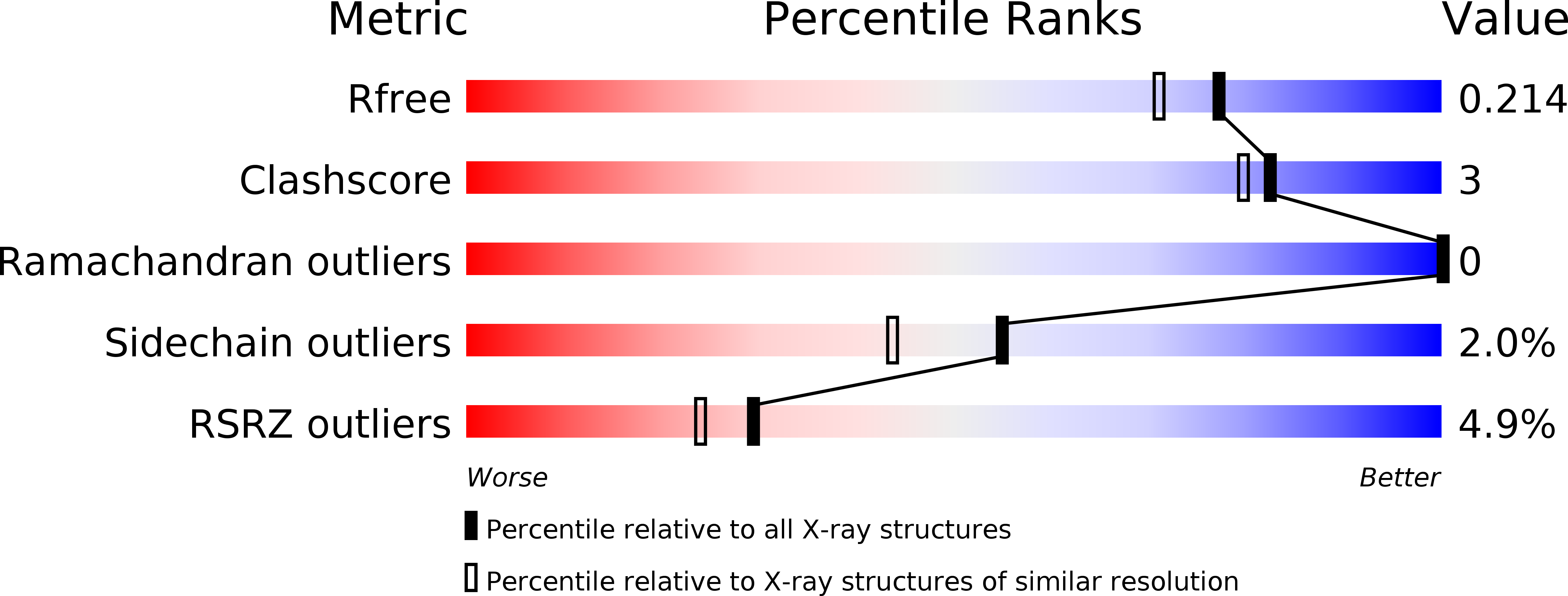
Deposition Date
2019-01-11
Release Date
2019-06-12
Last Version Date
2024-01-24
Entry Detail
PDB ID:
6QGD
Keywords:
Title:
Structure of human Mcl-1 in complex with thienopyrimidine inhibitor
Biological Source:
Source Organism:
Escherichia coli O157:H7 (Taxon ID: 83334)
Homo sapiens (Taxon ID: 9606)
Homo sapiens (Taxon ID: 9606)
Host Organism:
Method Details:
Experimental Method:
Resolution:
1.80 Å
R-Value Free:
0.20
R-Value Work:
0.17
R-Value Observed:
0.17
Space Group:
P 21 21 2


